But one day, I received a phone call from the guidance counsellor at my daughters' high school, who requested my presence. I innocently replied that I could drop by after work.
“No, you need to come now,” she replied. Her sense of urgency made me realize something was terribly wrong. I immediately drove to the school.
There, I was met by the counsellor, who escorted me to her office. As I walked down the hall, I glanced to my right and saw my daughter sitting in a room with two of her friends. Perhaps my daughter had been caught skipping class, was disrespectful to a teacher or was struggling with her studies. But then I caught a glimpse of her face. In that moment, I saw fear, despair and darkness. Still, I had no idea what I was going to hear.
That was when my family's life shattered.
What Now?
“Your daughter is a cutter,” the guidance counsellor told me.
The words reverberated in my head. “A what?” I stammered. I had no idea what she was talking about.
Surely there must be some mistake, I thought as I struggled to understand what the term meant. She must have the wrong student.
But as she proceeded to tell me more, I felt myself sinking lower into the chair, and into a state of guilt, regret, despair, failure and anger.
Guilt that I had seemingly placed caring for others above the welfare of my own child. Regret for being away from the family because of my job and pursuit of education. Despair that my beautiful child bore the marks of self-inflicted wounds on her body—and I hadn't noticed. Failure as a mother to see tell-tale signs of a teenager in trouble. And anger! I was angry at myself, angry with my daughter and angry at God.
I had no idea the pain she was experiencing was so deep and destructive. Our beautiful daughter was struggling, and we had no idea how to help her. She was spiralling—and I wanted this to stop.
How could God ever allow this to happen? I thought. How did I miss this? And what now?
Forgiveness
For months following this revelation, I struggled to understand, support and guard my daughter. As her mother, I wanted to take away the pain she was experiencing. I wanted to understand why she was doing this to herself.
 “My daughter is a gifted artist whose work graces my office,” says Mjr Shirley King. “It speaks of forgiveness, acceptance and new life”
“My daughter is a gifted artist whose work graces my office,” says Mjr Shirley King. “It speaks of forgiveness, acceptance and new life”
Little by little, our daughter told us what had happened. Months before the cutting occurred, we were transferred from western to eastern Canada. She was desperately homesick and lonely.
For a long time, I was riddled with guilt and regret: I should have been more aware; I should have checked for scars; I should have been more focused on our daughter's needs and her journey.
At the beginning, I never saw the physical damage done as a result of self-harm. But the time came when my daughter showed me her scars. When I saw the marks, I felt an overwhelming sense of sadness. I remember laying my hand on top of her arm and gently smoothing the skin, praying that God would erase the words she had carved into her arm. More importantly, I prayed for him to heal her physically, emotionally and spiritually.
We struggled to find help in our community. We weren't sure where to go or who to look to for guidance. There was a sense that this subject was taboo and dark and, to be honest, not a lot of people understood our struggle or the nature of self-harm.
We reached out to a few select people. One person was our family doctor, Dr. John Li. Also a Salvationist, Dr. John has a quiet, gentle presence. He spoke the truth, provided encouragement and was non-judgmental. He listened to our daughter, prayed with her and comforted us.
Then the strangest thing happened. Even as time healed many of the scars on her arm, God's grace began healing the wounds in both our hearts. I became hopeful that this dark journey would one day see resolution. And it was then that I forgave myself.
Erasing the Pain
Our daughter has moved to a place where she uses her understanding of loneliness, despair and isolation to help others who are struggling. She came to realize that she was seeking attention for the sadness she was feeling, having lost the relationships she had developed as a child. Cutting became her coping mechanism; it was easier to feel the pain physically than to deal with the root of the emotions.
After several years, she was able to find peace within herself and realize that she was worth so much to so many. Her parents' love gave her the courage to overcome what she felt was the darkest night of her soul and the worst battle of her life.
Now, she can look at the physical damage she did to herself and feel not sadness, but strength.
“The many scars all over my body are a reminder of how strong I am, to have conquered this urge to injure myself,” she says. “It was a scary period in my life. I was never sure if there was going to be a time when I cut too deep. As an adult, I continue to deal with anxiety triggers. I cope by finding self-soothing methods and distractions. There are days when I need to focus intently, not to refrain from hurting myself but to stop myself from feeling overwhelmed and anxious.”
Our daughter is a gifted artist who has the ability to create works of art from her feelings. Today, I have a painting in my office that is very special. My daughter painted it for me. It's taken from the New Testament story in John 4 and is a picture of Jesus sitting with the woman at the well. The colours are soothing and the scene speaks of forgiveness, acceptance and new life. Each day I look at it and remember that this nameless woman at the well had wounds and scars in her heart and in her mind. Jesus erased her pain, gave her new life and opened the eyes of others to see his mercy. He continues to do that for others. I'm glad he has done that for me and my daughter.
Major Shirley King is consultant for women's ministry resources at territorial headquarters in Toronto.
Self-Harm
Self-harm is the act of deliberately harming one's body (e.g. cutting or burning). It's typically not intended as a suicide attempt, but, rather, as an unhealthy way to cope with emotional pain, intense anger and frustration.
How Can I Help?
- Seek help or support from a medical professional and/or a counsellor.
- Instead of focusing on the injury and the behaviour, focus on your concern for the person's well-being.
- Don't demand that the person immediately stops self-injuring. New healthy behaviours take time to develop. Focus on supporting new ones and celebrate small steps forward.
- Don't blame yourself. Avoid casting guilt, shame or judgment. These can get in the way of open and trusting relationships.
What to Watch For
- Unexplained frequent injuries such as cuts and burns.
- Unexplained scars.
- Low self-esteem.
- Struggle to handle emotions.
- Problems with relationships.
Visit cmha.ca/mental_health/youth-and-self-injury for more information.

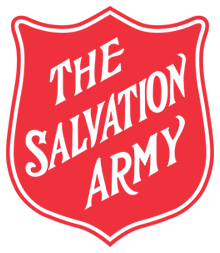
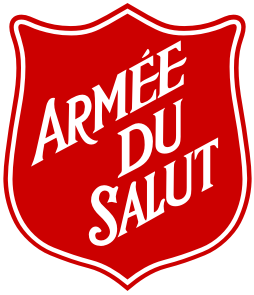

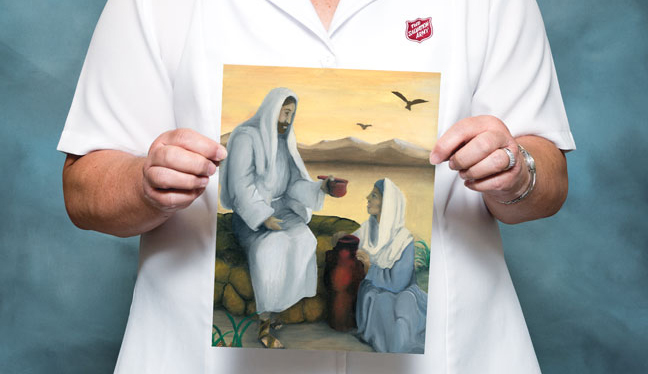

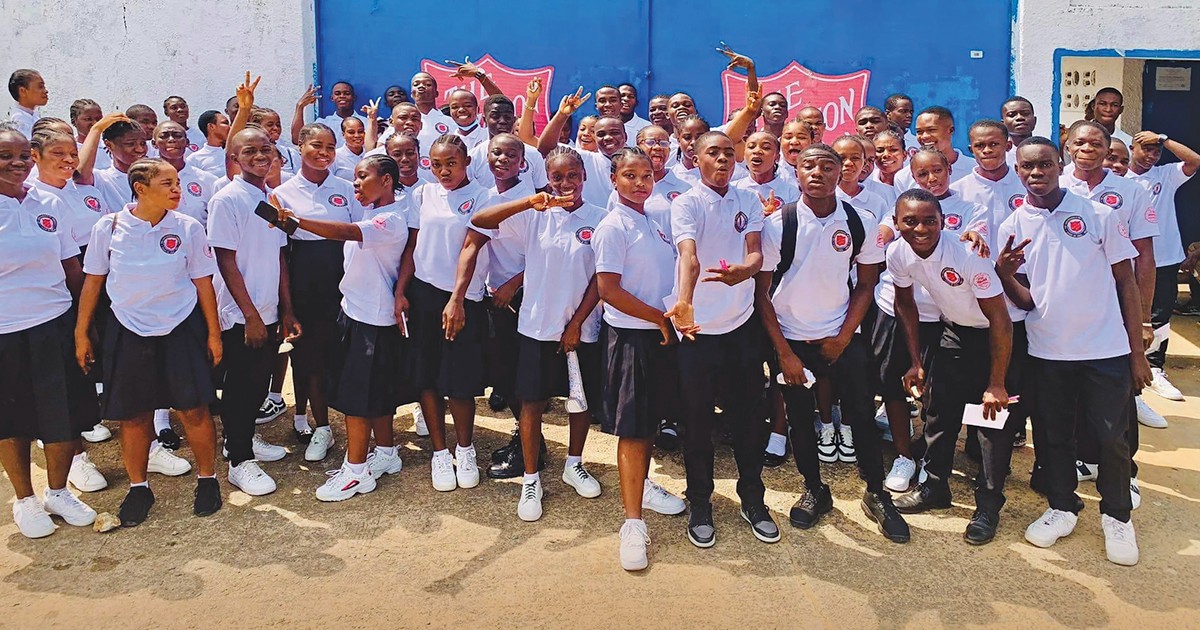
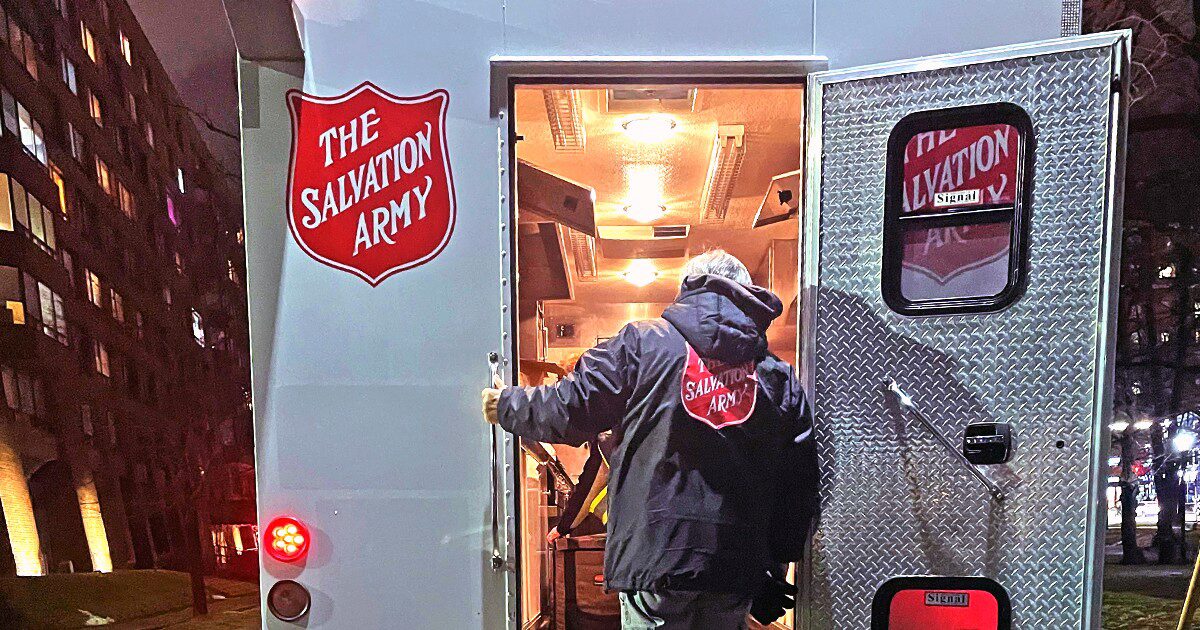


Leave a Comment